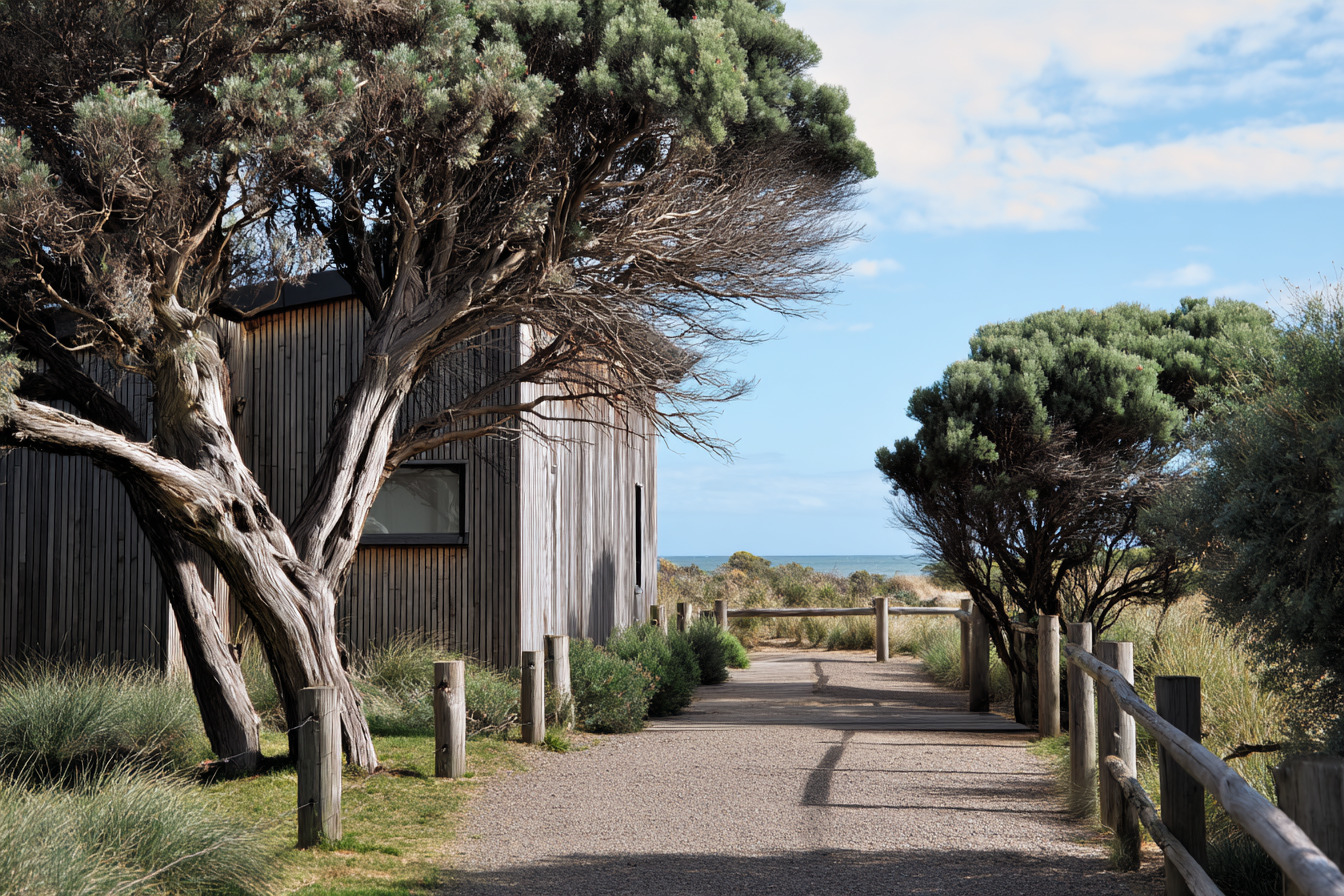
Story
Red Hill: A Town That Kept Its Heart
When people think of Red Hill today, they picture rolling vineyards, strawberry farms, and a community that feels both peaceful and alive. Yet this sense of character is not new. The roots of Red Hill’s identity stretch back to the late 1800s, when it was already known for fruit orchards, dense bushland, and a small but lively settlement.
One of the best windows into that world comes from a gazetteer entry of the time, which captured Red Hill in detail. To read it now is to realise how much — and how little — has changed.
Historical Gazetteer Entry (late 1800s)
Redhill, a post town, in county and electorate Mornington, shire Flinders and Kangeron, police district Bourk, 45 postal miles south east from Melbourne, three miles from Point Nepean.
Red Hill, so called from being on a hill of that colour, is about 1,500 ft above sea level, on the Arthur’s Seat range, 12 miles disntat from the Mornington railway station.
A coach from Mornington (after the arrival of the first train) passes daily within 2 miles from Dromana. It has a Wesleyan place of worship, a store, a school (No.1301), a post office, a blacksmith’s shop, and several large orchards and fruit gardens, about 300 acres being under fruit.
The nearest telegraph and money-order office is Dromana. There is a reacecourse North East of the village, 1 1/2 mile distant.
The surrounding country is heavily timbered with messmate, gum, and wattle, and is well suited for agricultural and pastoral pursuits.
Fruit-culture, especially strawberries, is now largely occupying the attention of residents.
There is plenty of shooting, viz: kangaroos, wallaby, opossum, hare, rabbit, and many varieties of birds.
Gold is found in small quantities.
Population of district, 150.
A Farming Village With Big Ambitions
The gazetteer shows Red Hill at the height of its orchard days. Families worked small plots, growing fruit in rich soils that would later become famous for strawberries. The mention of “300 acres being under fruit” is striking, especially when you consider that today’s Red Hill still carries that reputation — now with wineries, gourmet produce, and markets woven into its identity.
Back then, the settlement was practical and family-centred: a blacksmith’s shop to keep tools in working order, a school to educate children, a Wesleyan church anchoring community life. These small institutions, though simple, helped shape the rhythm of daily life and gave the town a sense of permanence.
Through the 1900s: Soldier Settlers and Orchardists
The early 20th century brought change, but not transformation. After World War I, Red Hill was part of a soldier settlement scheme that allocated small farms to returned servicemen. The holdings were often modest in size, but they carried forward the fruit-growing legacy. Apples and strawberries dominated the landscape, joined by mixed orchards and patches of pasture.
Despite these new arrivals, Red Hill’s population remained relatively small. This worked in its favour: while some rural towns grew into bustling centres, Red Hill retained its village atmosphere. Families knew one another, children walked to the same little schools, and the orchards formed the backbone of both work and identity.
What Hasn’t Changed
What stands out in Red Hill’s story is continuity. The gazetteer’s Red Hill of the 1800s — orchards, schools, a modest population, and a strong sense of rural charm — is recognisable in today’s community.
- Farming and fruit remain at the heart of Red Hill, only now joined by vineyards, gourmet food, and boutique farm experiences.
- Education and family life are still central: the village remains a popular place for families who value space, nature, and community.
- Natural surroundings continue to shape the character of the place — Arthur’s Seat nearby, heavily wooded gullies, and landscapes that feel unspoiled.
Even the note about strawberries still rings true. Red Hill’s Strawberry Festival is one of the Peninsula’s most loved traditions, attracting families from across Victoria.
A Place To Raise Families
The strength of Red Hill lies in how it balances past and present. Its identity has never been swallowed up by urban sprawl or rapid development. Instead, the orchards and rolling hills continue to attract families who want to put down roots. For newcomers, the appeal is the same as it was for settlers over a century ago: fertile soil, a slower pace, and a sense of belonging.
When you walk down Red Hill’s quiet roads or visit its bustling weekend market, you’re not just stepping into a rural town — you’re stepping into history. A place that has weathered change, but never lost its heart.
Red Hill has always been — and remains — a place where community, produce, and family life intertwine. That character is its legacy, and its gift to the families who call it home.
